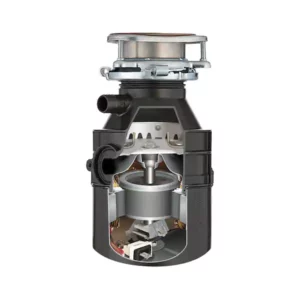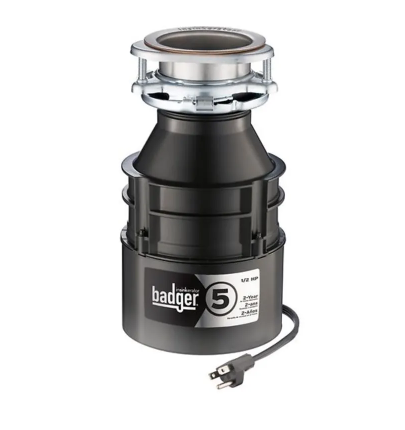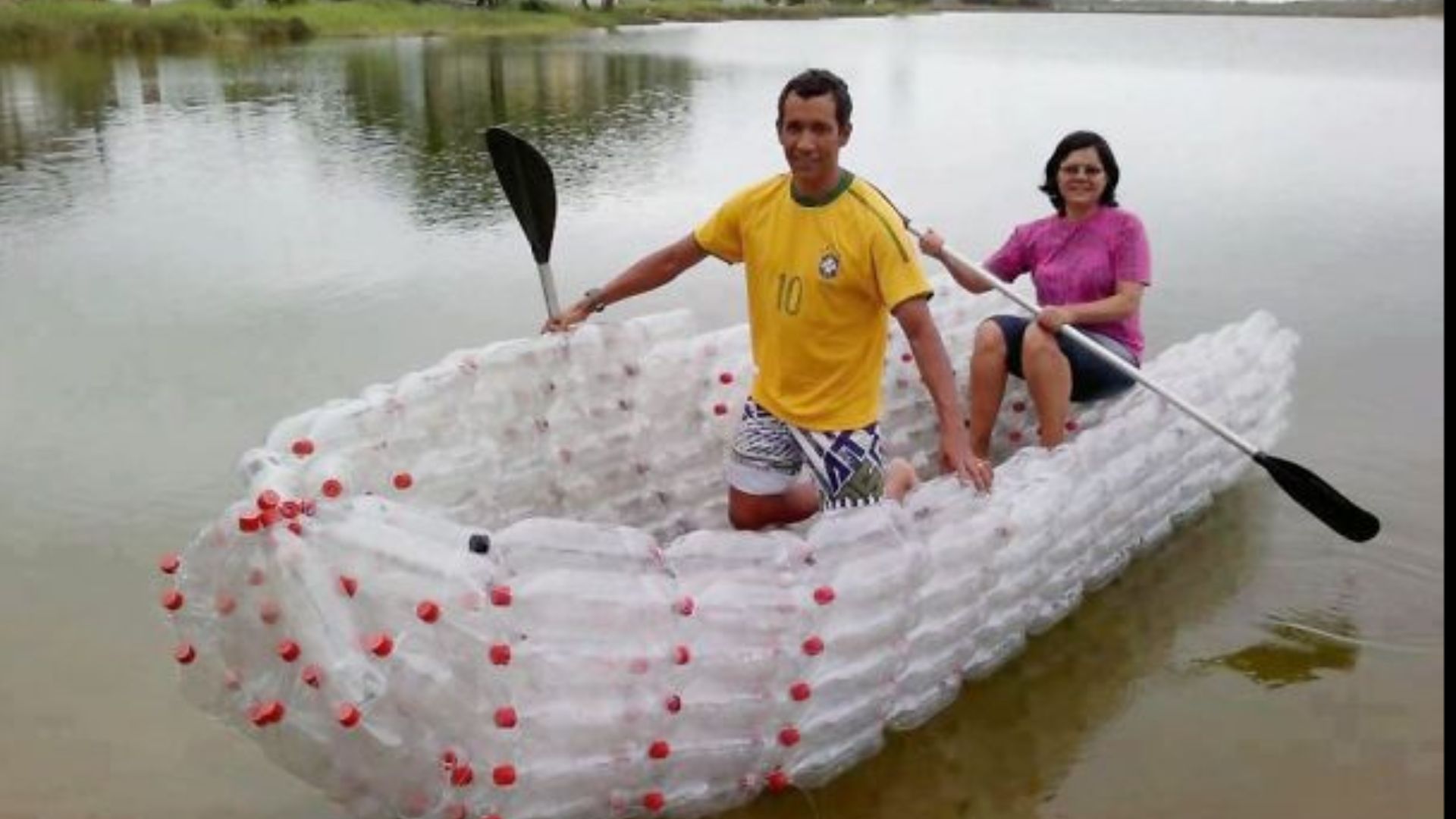
In the quest for sustainable living, the disposal of kitchen waste has become a critical aspect of environmental consciousness. Insinkerator waste disposals play a key role in this process, and understanding what happens to the waste after it goes down the drain is crucial in assessing the overall impact on the environment.
The Insinkerator Disposal Process
Grinding and Shredding
Insinkerator waste disposals efficiently grind and shred food waste into small particles within the disposal unit installed beneath the kitchen sink. Users then flush the finely ground waste down the drain, leaving kitchens cleaner and reducing solid waste sent to landfills.
Wastewater Treatment Plants
Journey Through the Sewer System
After entering the municipal sewer system, the waste from Insinkerator disposals becomes part of the broader wastewater flow. It travels through pipes and is eventually directed to wastewater treatment plants. During this journey, the waste combines with other wastewater from households and businesses.
Primary Treatment
Upon arrival at the treatment plant, the wastewater undergoes primary treatment. This phase involves the removal of larger solids through processes such as screening and settling. While Insinkerator waste is already finely ground, this primary treatment further separates any remaining solid particles.
Biological Treatment
The next step involves biological treatment, where microorganisms break down organic matter in the wastewater, including the finely ground Insinkerator waste. This process aims to reduce pollutants and contaminants, ensuring that the treatment plant can safely discharge the treated water back into the environment.
Resource Recovery and Energy Generation
Biogas Production
Some wastewater treatment plants take a sustainable step further by utilizing the organic content from the Insinkerator waste and other sources to produce biogas. This biogas, primarily methane, can be captured and used as a renewable energy source. It contributes to the facility’s energy needs, making the wastewater treatment process more sustainable.
Biosolids as Fertilizer
The solid residue from the wastewater treatment, often referred to as biosolids, is rich in nutrients. Many treatment plants treat and process biosolids to create a valuable fertilizer. Hence, farmers can utilize this nutrient-rich product in agriculture, fostering soil health and completing the loop on resource recovery.
Landfill Diversion and Environmental Impact
Reducing Landfill Waste
The use of Insinkerator waste disposals significantly reduces the amount of organic waste that would otherwise end up in landfills. By diverting kitchen waste from landfills, these disposals contribute to minimizing the environmental impact associated with traditional waste disposal methods.
Methane Emission Reduction
Moreover, landfills are notorious for producing methane, a potent greenhouse gas. Diverting organic waste, including Insinkerator waste, from landfills and using wastewater treatment plants with biogas capture helps mitigate overall methane emissions. This aligns with global efforts to combat climate change.
Environmental Considerations and Challenges
Chemical Contaminants
While the wastewater treatment process effectively removes many pollutants, challenges persist, particularly concerning chemical contaminants. Ongoing research and advancements in treatment technologies are essential to address potential environmental impacts.
Infrastructure Upgrades
Furthermore, to enhance the efficiency of the overall process, ongoing investments in wastewater treatment plant infrastructure are crucial. Upgrades and innovations can further optimize the treatment of Insinkerator waste and other organic matter, ensuring a more sustainable outcome.
Conclusion
In conclusion, the journey of waste from Insinkerator disposals highlights a comprehensive and sustainable approach to managing kitchen waste. From the grinding process under the sink to wastewater treatment plants and beyond, the environmental impact is minimized through resource recovery and energy generation. As we continue to advance in waste management practices, Insinkerator disposals stand as a testament to the potential for eco-friendly solutions in our daily lives, contributing to a more sustainable future.



